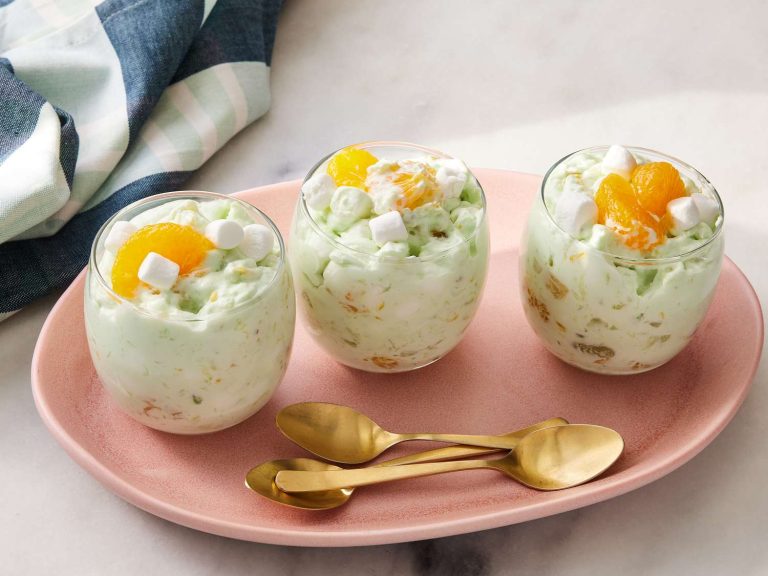Sous Vide Pork Tenderloin: Tips, Recipes & Serving Suggestions
Sous vide is a French term meaning “under vacuum.” This cooking method involves vacuum-sealing food in a plastic bag, then cooking it in a water bath at a precisely controlled temperature. Consistency and precision distinguish sous vide from other cooking methods. You set the water bath to a specific temperature, ensuring the food cooks evenly throughout. This method provides greater control over cooking times and temperatures, resulting in perfectly cooked meals every time.
Benefits of Sous Vide for Pork Tenderloin
Sous vide cooking offers several benefits, particularly for pork tenderloin. First, it ensures tenderness. Pork tenderloin cooked sous vide remains juicy and tender, as the low, slow cooking process gently cooks the meat. Second, it enhances flavor. The vacuum-sealing process allows the pork to marinate in its own juices or additional seasonings, intensifying the flavors. Third, consistency is key. Cooking pork tenderloin sous vide means it reaches the desired doneness without risk of overcooking or undercooking. Finally, convenience is another benefit. Sous vide requires minimal supervision, making it ideal for busy cooks who want to achieve restaurant-quality results with little hands-on time.
Preparing to Cook Sous Vide Pork Tenderloin
Choosing the Right Cut
Select a high-quality pork tenderloin for the best results. Unlike pork loin, which is thicker and tougher, pork tenderloin is a smaller, more tender cut. Look for cuts that are about 1 to 1.5 pounds. Ensure the meat has minimal fat and an even thickness to guarantee uniform cooking. Opt for fresh over frozen to maintain maximum flavor and texture.
Required Equipment for Sous Vide Cooking
Ensure you have the essential equipment before starting sous vide cooking. You need a sous vide precision cooker to regulate and maintain the water bath at an exact temperature. Choose a large container or stockpot to hold the water and submerge the meat. Secure the tenderloin in a vacuum-seal bag or use a resealable ziplock bag with the air removed for proper vacuum sealing. Have a reliable digital thermometer on hand for precision and a cast-iron skillet for searing the meat post-cooking if you want a caramelized crust.
Seasoning and Marinades for Sous Vide Pork Tenderloin
Popular Seasoning Combinations
To elevate the flavor of sous vide pork tenderloin, use specific seasoning combinations. Common combinations include:
- Garlic and Herbs: Combine minced garlic, rosemary, thyme, and black pepper. This blend infuses the meat with aromatic and earthy notes.
- Spices and Brown Sugar: Mix paprika, cumin, chili powder, and brown sugar. This combination provides a balance of heat and sweetness.
- Lemon and Pepper: Use lemon zest, cracked black pepper, and salt. This pairing lends a fresh, citrusy kick and enhances the natural flavors.
- Soy and Ginger: Blend soy sauce, grated ginger, and garlic powder. This mixture offers a savory and slightly spicy profile.
Best Marinades for Moisture and Flavor
Marinades keep your pork tenderloin moist and add depth to the flavor profile. Effective marinades include:
- Citrus and Herb Marinade: Use orange juice, lemon juice, olive oil, and chopped herbs (such as basil and parsley). Citrus acids tenderize the meat while herbs add freshness.
- Honey Mustard Marinade: Combine honey, Dijon mustard, apple cider vinegar, and garlic. This introduces a tangy-sweet flavor and ensures a moist texture.
- Teriyaki Marinade: Mix soy sauce, brown sugar, garlic, and sesame oil. This marinade imparts a sweet and savory taste, enhancing juiciness.
- Balsamic and Rosemary Marinade: Blend balsamic vinegar, olive oil, minced garlic, and rosemary. Ideal for a deep, rich, and slightly sweet flavor.
Selecting the appropriate seasoning and marinade combination boosts the overall experience of sous vide pork tenderloin, ensuring each bite is flavorful and tender.
The Cooking Process
Step-by-Step Guide to Sous Vide Pork Tenderloin
- Season the Pork Tenderloin: Start by seasoning the pork tenderloin with your chosen marinade or dry rub. Use a combination of salt, pepper, and other spices or herbs to enhance the flavor.
- Vacuum-Seal the Meat: Place the seasoned pork tenderloin in a vacuum-seal bag or a resealable ziplock bag. If using a ziplock bag, use the water displacement method to remove as much air as possible.
- Preheat the Sous Vide Water Bath: Set your sous vide precision cooker to the desired temperature (explained further in the next section) and preheat the water bath. Ensure the water level is sufficient to fully submerge the bagged pork.
- Cook the Pork Tenderloin: Once the water bath reaches the target temperature, submerge the sealed pork tenderloin. If necessary, use a clip or weight to keep the bag fully submerged. Cook the pork for the recommended time to achieve perfect doneness.
- Remove and Pat Dry: After cooking, remove the pork tenderloin from the water bath. Carefully open the bag, drain any excess juices, and pat the meat dry with paper towels. Ensuring dryness is crucial for a proper sear.
- Sear the Pork Tenderloin: Heat a cast-iron skillet over high heat. Add a small amount of oil, then sear the pork tenderloin on all sides for about 1-2 minutes per side. This step develops a flavorful crust.
- Rest and Serve: Allow the pork tenderloin to rest for a few minutes after searing. Slice the meat into medallions and serve immediately, complementing it with your preferred side dishes or sauces.
- Medium-Rare: Cook the pork tenderloin at 135°F (57°C) for 1.5 to 4 hours. This temperature yields a tender and slightly pink interior.
- Medium: Set the sous vide precision cooker to 140°F (60°C) and cook for 1.5 to 4 hours. The meat will be juicy and fully opaque.
- Medium-Well: For a firmer texture, cook the pork tenderloin at 145°F (63°C) for 1.5 to 4 hours. This results in a slightly less juicy but well-cooked center.
- Well-Done: If you prefer a well-cooked pork tenderloin, set the temperature to 150°F (66°C) and cook for 1.5 to 4 hours. The meat will be thoroughly cooked and firm.
The cooking process in sous vide ensures precision, minimizing the chances of overcooking or undercooking. By following these time and temperature guidelines, you achieve the perfect doneness every time.
Serving Suggestions for Sous Vide Pork Tenderloin
Accompaniments and Side Dishes
Pair sous vide pork tenderloin with various accompaniments and side dishes. Roasted vegetables like Brussels sprouts, carrots, and sweet potatoes provide a balanced meal. Mashed potatoes or creamy polenta enhance the tenderloin’s texture. Offer a fresh salad with mixed greens, cherry tomatoes, and a light vinaigrette to add contrast. For grains, consider quinoa, wild rice, or farro seasoned with herbs.
Presentation Tips
Enhance the visual appeal of your sous vide pork tenderloin. Slice the tenderloin against the grain for maximum tenderness. Arrange the slices in a fan shape on the plate. Add a drizzle of reduction sauce or glaze made from pan drippings, balsamic vinegar, or wine. Garnish with fresh herbs like parsley, thyme, or rosemary. Use contrasting colors by incorporating brightly colored vegetables or garnishes to create an eye-catching dish.
Conclusion
Mastering sous vide pork tenderloin opens up a realm of culinary possibilities. By choosing the right cut and equipment and following precise cooking steps, you can achieve restaurant-quality results at home. Experiment with different seasonings and marinades to tailor the dish to your taste. Remember to pair your tenderloin with complementary sides and present it beautifully to impress your guests. With these techniques, you’ll elevate your cooking game and enjoy perfectly cooked pork tenderloin every time.





